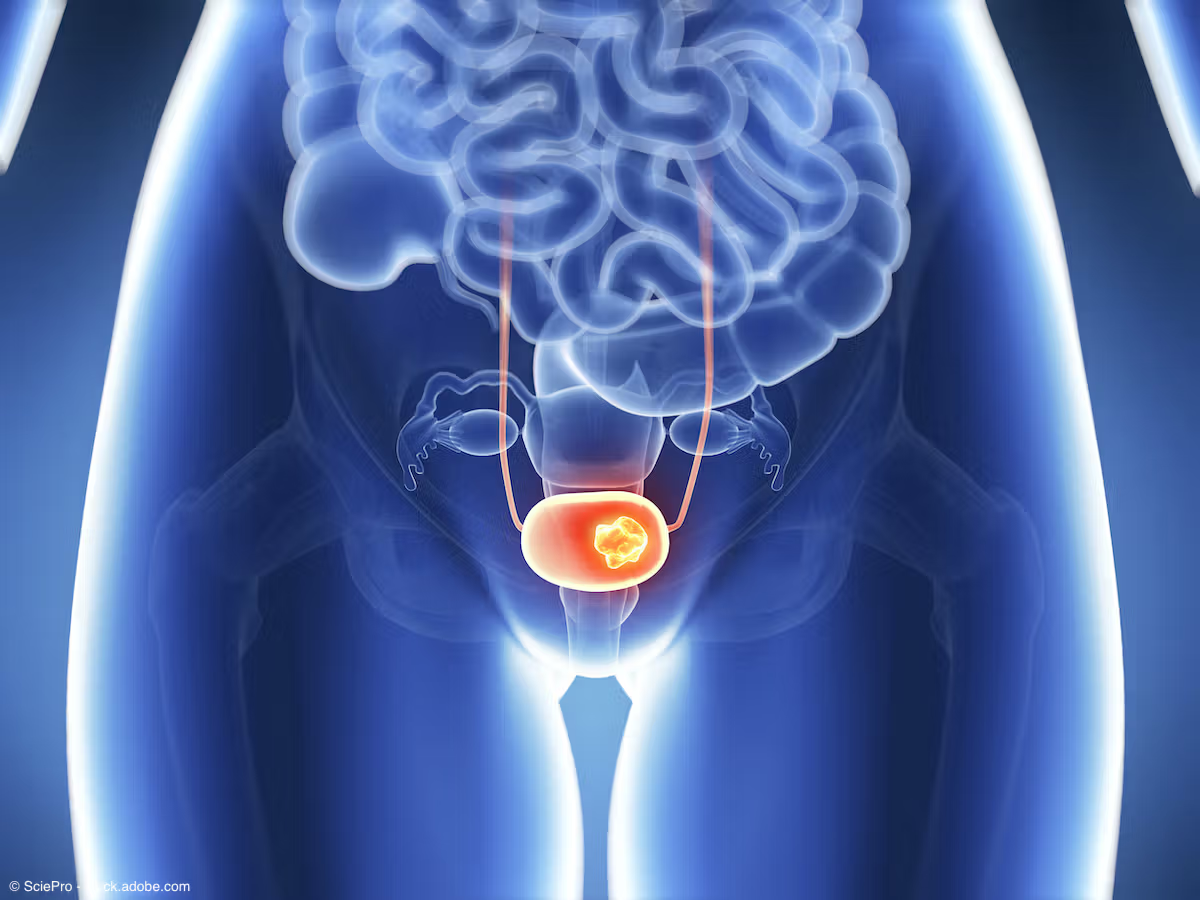Opinion
Video
Matthew Galsky, MD, reacts to NIAGARA results, durvalumab approval for MIBC
Author(s):
"This is another tool in our armamentarium to treat muscle-invasive bladder cancer and represents an advance compared to where we've been over the past few decades," says Matthew D. Galsky, MD.
The FDA recently approved perioperative durvalumab (Imfinzi) with neoadjuvant chemotherapy for adult patients with muscle-invasive bladder cancer (MIBC).
The approval was supported by data from the phase 3 NIAGARA trial (NCT03732677), which showed that perioperative durvalumab with neoadjuvant chemotherapy significantly extended event-free survival (EFS) and overall survival (OS) vs neoadjuvant chemotherapy alone.
In a recent interview with Urology Times®, Matthew D. Galsky, MD, offered his thoughts on the significance of findings from NIAGARA and how the approval of perioperative durvalumab with gemcitabine/cisplatin will impact the multidisciplinary care of patients with MIBC. Galsky is the director of GU medical oncology at the Icahn School of Medicine at Mount Sinai and the associate director for translational research at the Tisch Cancer Institute in New York, New York.
Specifically, data from NIAGARA showed that at 24 months, the estimated EFS was 67.8% (95% CI, 63.6 to 71.7) in the durvalumab arm vs 59.8% (95% CI, 55.4 to 64.0) in the control arm (HR, 0.68; 95% CI, 0.56 to 0.82; P < .001). The median EFS was not reached in the durvalumab arm and was 46.1 months (95% CI: 32.2, NR) in the chemotherapy arm. At a median follow-up of 42.3 months, 35.1% of patients in the durvalumab arm and 46.4% of patients in the control arm experienced an EFS event.
The estimated 24-month OS was 82.2% (95% CI, 78.7 to 85.2) in the durvalumab arm vs 75.2% (95% CI, 71.3 to 78.8) in the control arm (HR, 0.75; 95% CI, 0.59 to 0.93; P = .01). The median OS was not reached in either arm.
Adverse events were comparable between both arms.
Galsky noted, “The results of NIAGARA are important because this is the first improvement in neoadjuvant therapy since neoadjuvant therapy was initially shown to be beneficial for the treatment of muscle invasive bladder cancer.”
Newsletter
Stay current with the latest urology news and practice-changing insights — sign up now for the essential updates every urologist needs.
















